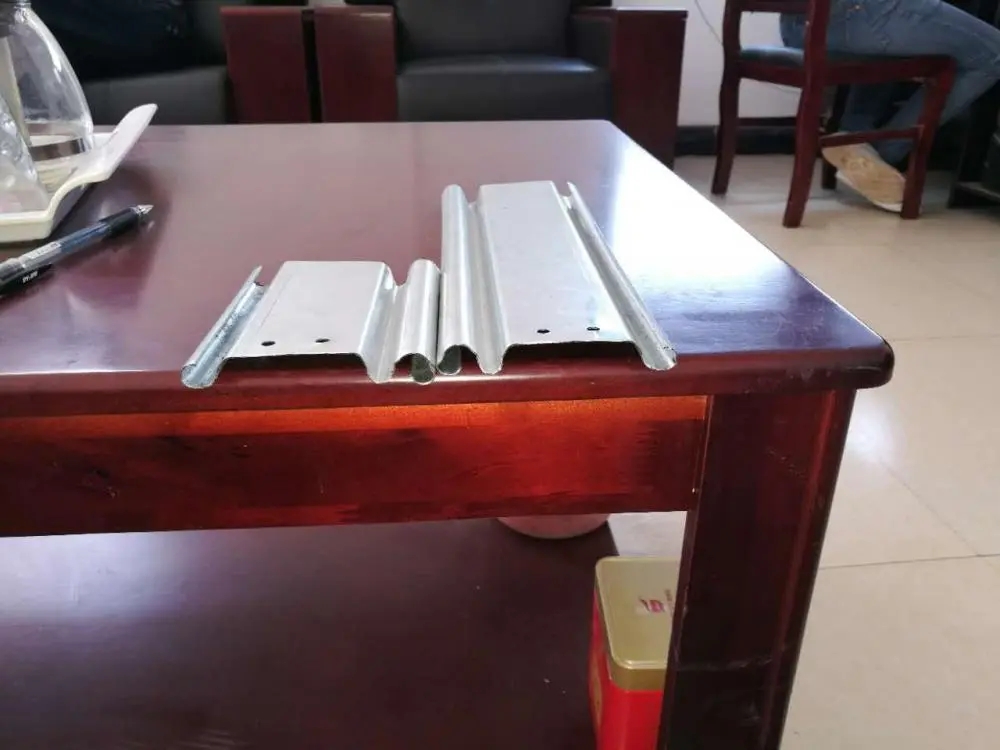
The Evolution of ERW Tube Mill Manufacturing
In the world of modern manufacturing, the Electric Resistance Welded (ERW) tube mill has emerged as one of the most critical technologies in producing high-quality welded steel tubes. The evolution of ERW tube mill factories marks significant advancements in manufacturing processes, equipment technology, and production efficiency.
The Origins of ERW Technology
The roots of ERW tube manufacturing can be traced back to the industrialization of the 20th century. The highlight of this process is the use of electrical resistance welding, a technique that relies on the heat generated by electrical resistance to join metal pieces together. The early implementations of ERW technology were limited in scope and application, but advancements in welding techniques and machinery transformed the production capabilities significantly.
How ERW Tube Mills Work
An ERW tube mill operates by feeding flat steel strips into the machine, where they undergo a series of processes, including forming, welding, and sizing. The steel strip is first rolled into a circular shape, followed by the application of electrical resistance at the interface of the edges of the strip. This process not only fuses the edges together but also ensures a strong bond that meets the rigorous standards required for structural and pipeline applications.
The next crucial stages involve cooling, sizing, and cutting the welded tube to the desired lengths. Various types of mills are designed for producing specific tube sizes and thicknesses, catering to a wide range of industries, including construction, automotive, and energy sectors.
Advantages of ERW Tube Mills
The utilization of ERW technology in tube production offers several advantages
1. Cost-Effectiveness The efficiency of ERW production significantly reduces costs associated with labor and material wastage. The continuous process minimizes downtime, allowing manufacturers to achieve substantial economies of scale.

2. Versatility ERW tube mills can be adapted to produce a variety of tube sizes, shapes, and thicknesses. This versatility makes them suitable for an extensive array of applications, from structural tubing to high-pressure pipes.
3. Quality and Consistency Advances in technology, including automated systems and quality control measures, have enhanced the consistency and quality of ERW tubes. Manufacturers employ stringent testing protocols to ensure that the products meet industry standards.
4. Environmental Considerations With a focus on sustainability, modern ERW tube mills incorporate energy-efficient technologies and practices aimed at reducing waste and energy consumption. The ability to recycle materials further contributes to environmentally responsible manufacturing.
The Future of ERW Tube Mill Factories
As industries continue to evolve and demand higher standards of quality and sustainability, the future of ERW tube mill factories looks promising. Innovations such as artificial intelligence, automation, and the Internet of Things (IoT) are being integrated into production lines, improving operational efficiency and reducing labor costs.
Moreover, as global demand for high-quality steel products rises, manufacturers are investing in advanced materials and technologies. The development of smart manufacturing techniques, such as real-time monitoring systems, enables manufacturers to track and optimize production processes, ensuring that they can respond swiftly to market changes.
Conclusion
The journey of ERW tube mill factories reflects a remarkable transformation in the manufacturing sector. From its humble beginnings to becoming a cornerstone of modern tube production, ERW technology exemplifies the marriage of engineering innovation and industrial capability. As we look to the future, we can expect continued advancements that will not only enhance production efficiency but also address the growing need for sustainable manufacturing practices.
In conclusion, the ongoing evolution of ERW tube mills signifies a commitment to quality, efficiency, and sustainability in manufacturing, contributing to the infrastructure and energy solutions necessary for a rapidly changing world.